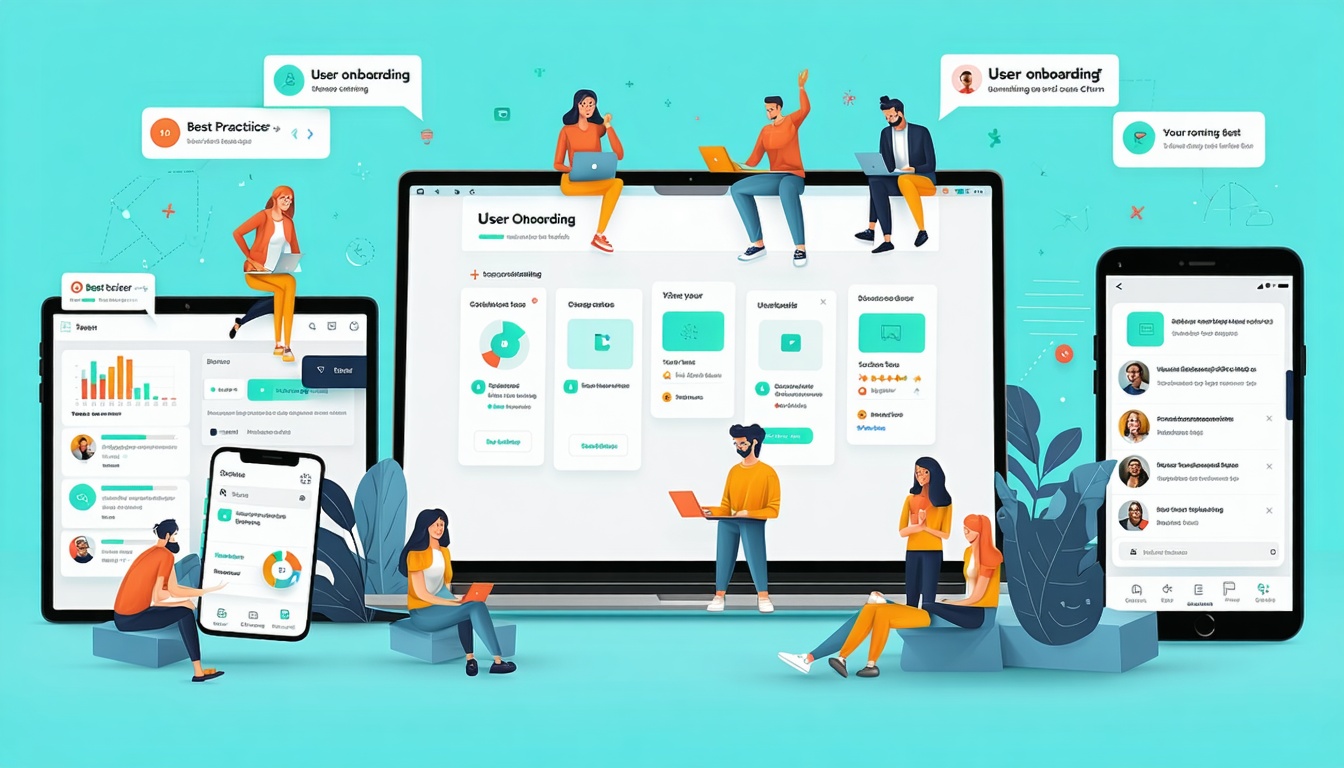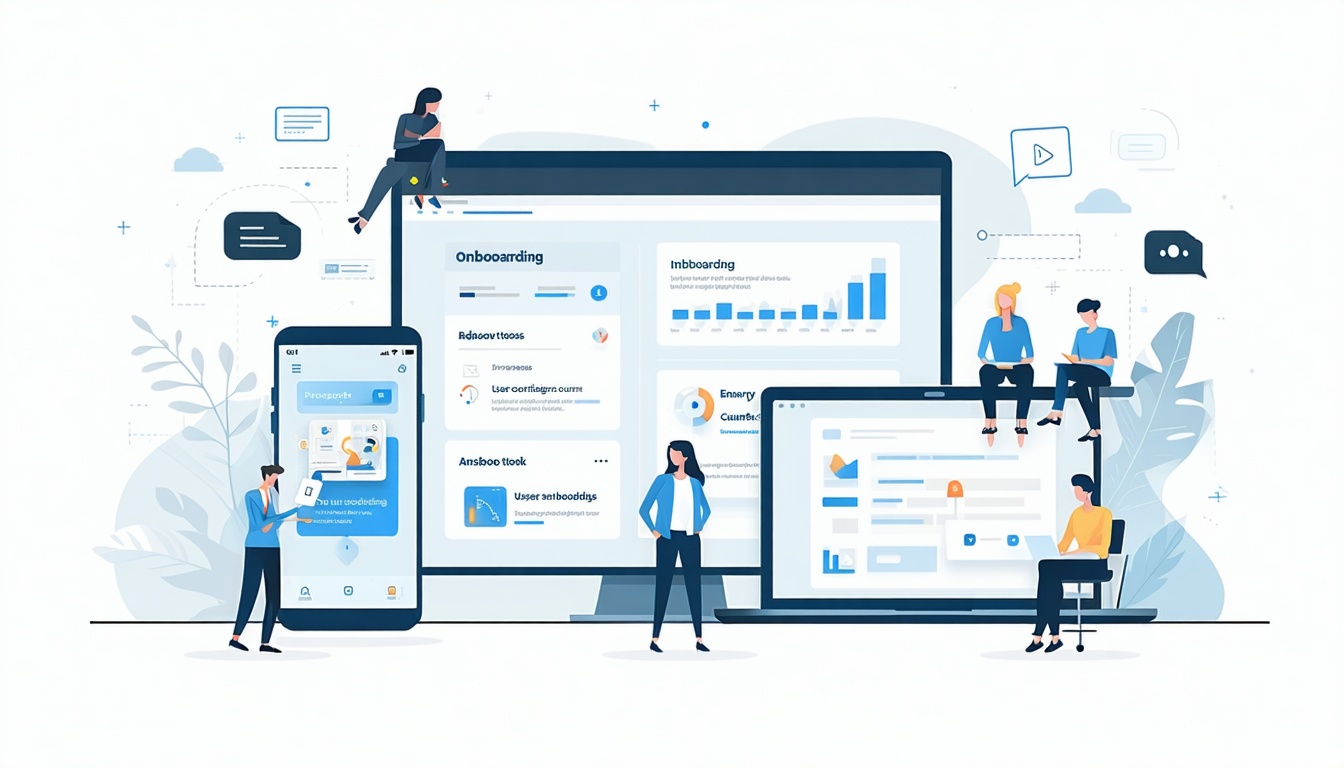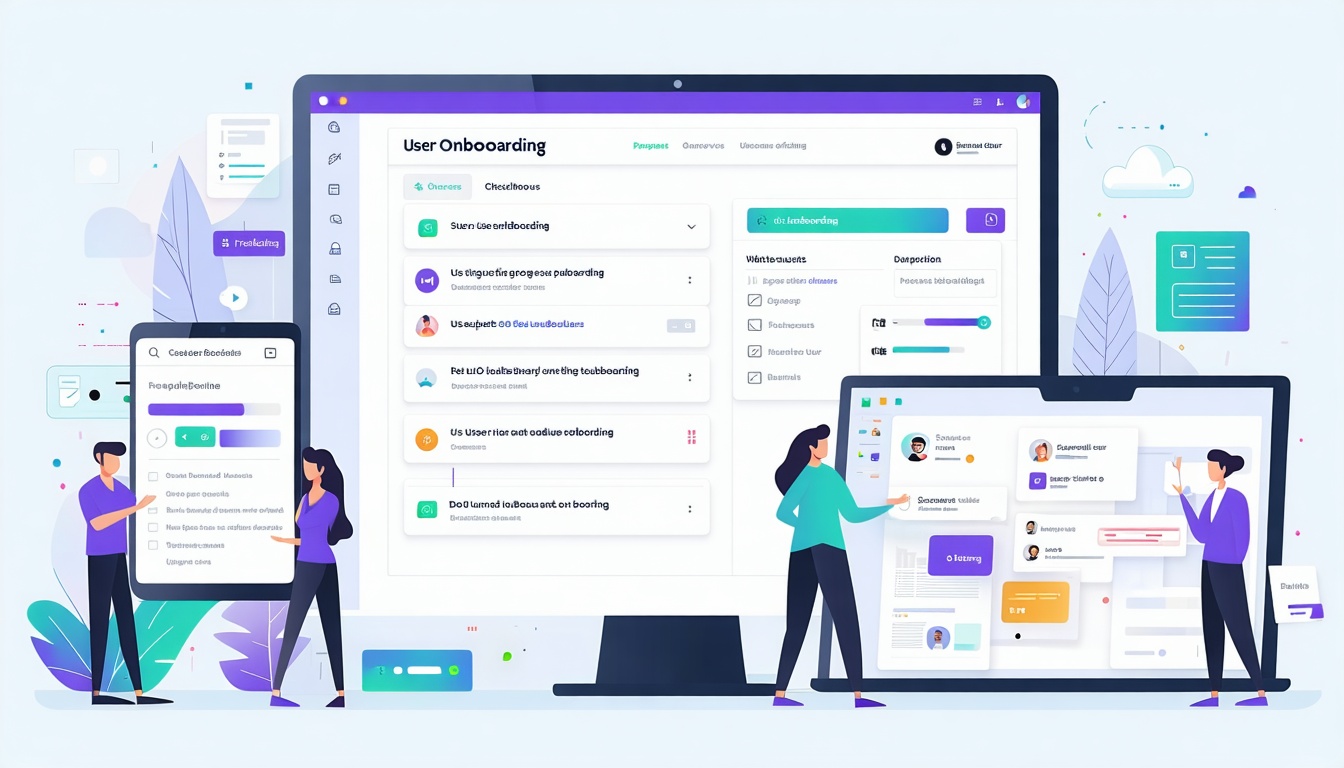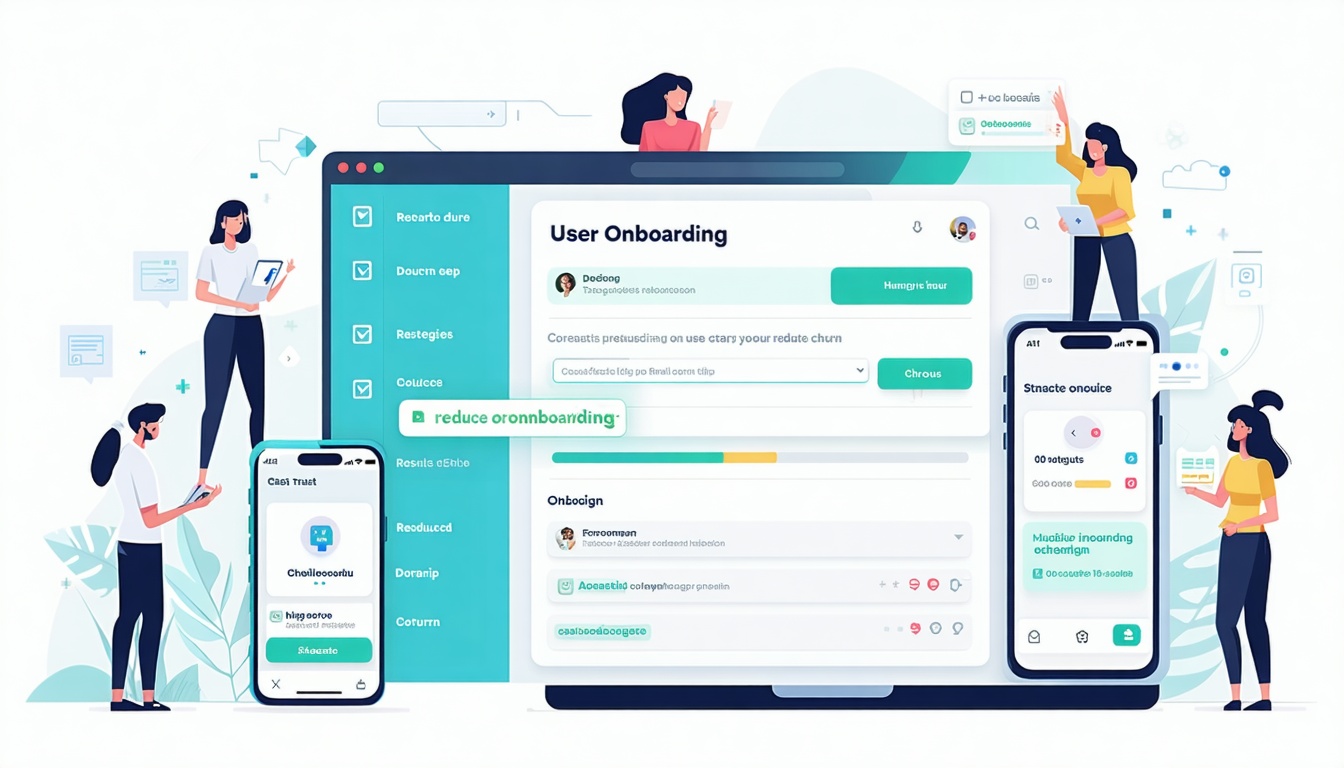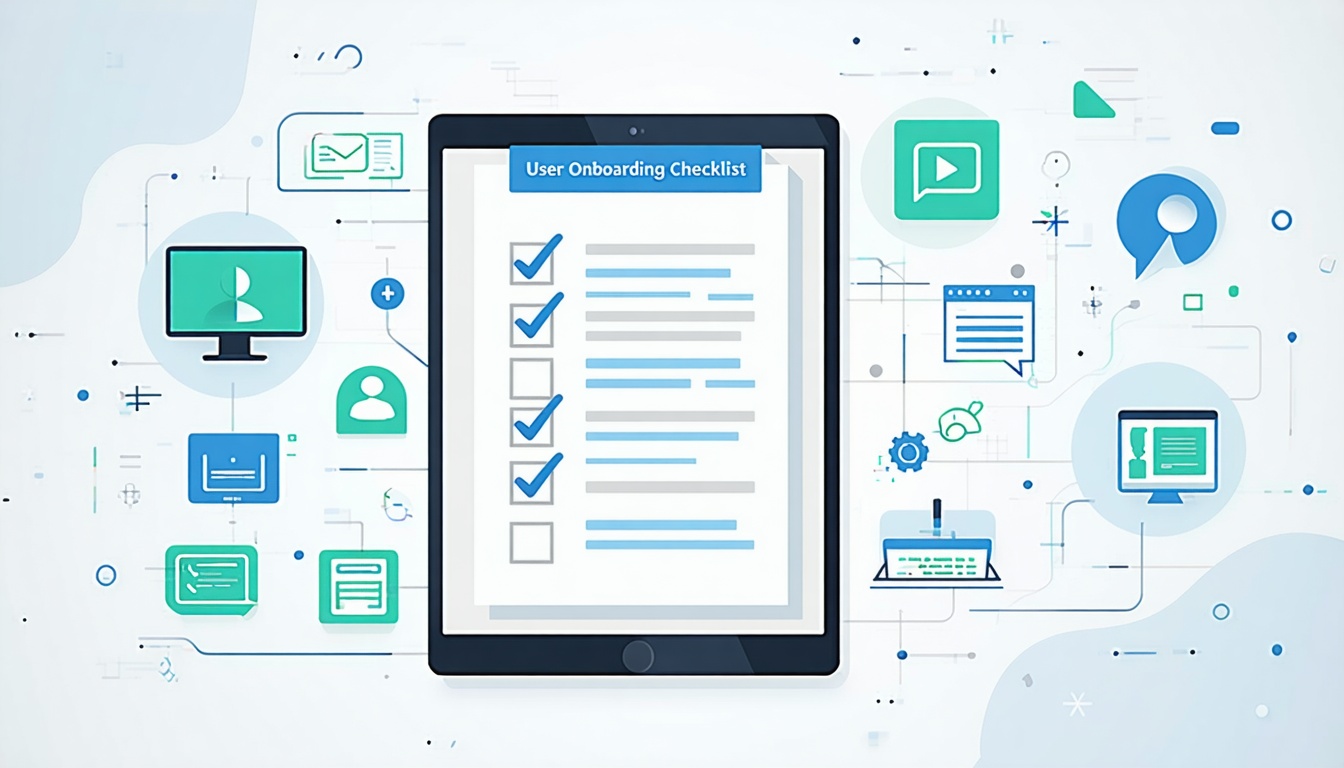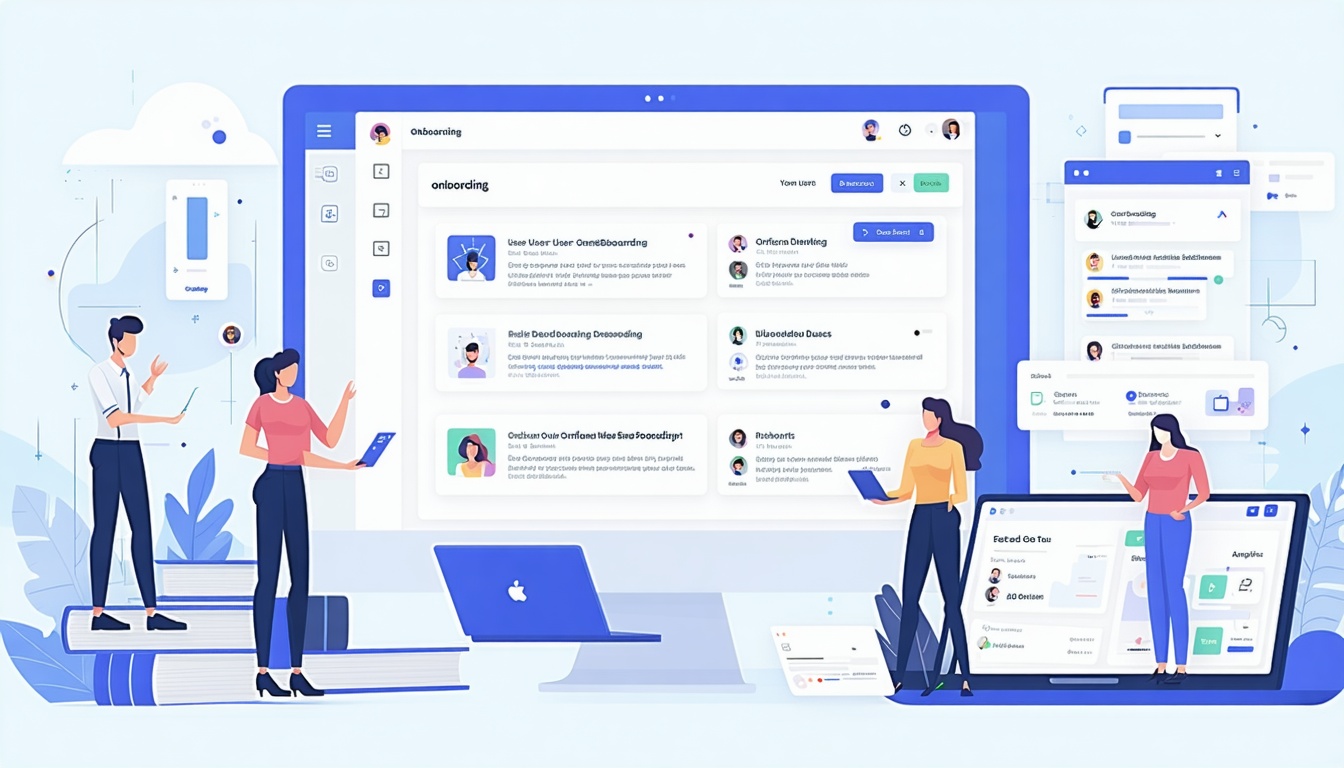Scalable Architecture Basics
Understanding SaaS Architecture
SaaS, or Software as a Service, is like renting a car instead of buying one. You get the software you need through the Internet, and you pay a subscription fee to use it. This means you don’t have to worry about the technical stuff—it’s all handled for you. You can use the software on any device with an internet connection, making it super convenient.
There are two main types of SaaS setups based on how the software is shared:
- Single-Tenant Architecture: Think of it like having your own private suite. Each customer gets their own version of the software on a separate server. It’s great for customization but can be pricier.
- Multi-Tenant Architecture: This is more like a shared apartment. Multiple customers use the same software instance. It’s cheaper and more efficient, but you might have less control over customization.
Check out our saas application architecture diagram for a visual guide.
Benefits of Scalable Architecture
SaaS architecture is like a stretchy pair of pants—it grows with you. Scalability means you can adjust your software needs without buying new hardware or software. This is a lifesaver for startups and businesses on the rise.
Key Benefits of Scalable Architecture:
- Cost Efficiency: Sharing is caring! Multi-tenant architecture lets you share resources, cutting costs—perfect for startups watching their wallets.
- Flexibility: You can change your software usage as your business changes, paying only for what you use.
- Maintenance and Updates: Forget about downtime. SaaS providers keep everything up-to-date, so you always have the latest features.
- Performance Optimization: Even when everyone’s online, scalable architecture keeps things running smoothly.
| Benefit | Description |
|---|---|
| Cost Efficiency | Share resources to cut costs. |
| Flexibility | Change usage as needed, paying only for what’s used. |
| Maintenance and Updates | Providers keep software updated, no downtime. |
| Performance Optimization | Keeps performance smooth during busy times. |
For more tips on designing scalable solutions, check out our page on scalable web architecture design.
By getting a grip on SaaS architecture and scalability, tech and startup folks can make smart choices when building their MVPs and software solutions. Dive deeper into this topic with our articles on cloud-based saas architecture and saas application scalability.
Designing for Scalability
Building a scalable setup is like setting the stage for a rock concert—everything’s gotta be ready to handle the crowd. This part’s all about making sure your SaaS apps can grow without breaking a sweat. Let’s chat about how to plan your resources and why multi-tenant architecture is your new best friend.
Resource Planning and Allocation
Getting your resources in line is like making sure you’ve got enough snacks for a party. Cloud-based SaaS apps can tap into a treasure trove of resources, so it’s smart to think big from the get-go (Squash Apps). Your team needs to keep an eye on what’s available to make sure everything runs smoothly and the business model stays solid.
Here’s what to keep in mind:
- Compute Resources: Your app should be able to flex its muscles when needed. Cloud platforms offer auto-scaling, which means your app can bulk up during busy times and slim down when things are quiet, saving you some cash (Divami).
- Storage Resources: Plan for storage that can grow as your user base does. You don’t want to run out of room when things get busy.
- Network Resources: Make sure your network can handle the traffic without slowing down. Nobody likes a laggy app.
| Resource Type | Scalability Considerations |
|---|---|
| Compute | Auto-scaling based on demand |
| Storage | Scalable storage solutions |
| Network | Solid network infrastructure |
For more on making your web app infrastructure scalable, check out our article on scalable web application infrastructure.
Multi-Tenant Architecture
Multi-tenant architecture is like having a big house where everyone shares the kitchen. It’s a smart way to run SaaS apps because it lets you serve lots of customers on one platform without jacking up the costs (Squash Apps). This setup means everyone shares the same code, infrastructure, and database, making life easier for everyone involved.
Here’s why it’s awesome:
- Cost Efficiency: Sharing is caring, and it saves money too. By pooling resources, you cut down on costs.
- Scalability: You can add more tenants without having to overhaul everything. It’s like adding more rooms to that big house.
- Maintenance: Updates and fixes are a breeze since you can roll them out to everyone at once.
| Benefit | Description |
|---|---|
| Cost Efficiency | Cuts down on costs by sharing resources |
| Scalability | Adds more tenants without major changes |
| Maintenance | Easy updates and maintenance |
For more on multi-tenant architecture, swing by our article on cloud-based saas architecture.
By nailing down resource planning and embracing multi-tenant architecture, SaaS apps can grow with their users and handle whatever comes their way. For more on designing scalable web services, take a look at our article on designing scalable web services.
Integration and Security
API Integration Best Practices
When it comes to SaaS apps, getting them to play nice with others is a big deal. They need to hook up with other apps using standard APIs, making sure everything runs smoothly without any hiccups (Squash Apps). Here’s how to keep things running like a well-oiled machine:
- Standardization: Stick to the usual suspects like REST or GraphQL for easy compatibility.
- Documentation: Lay it all out with clear API docs so developers know the ropes.
- Versioning: Keep things organized with API versioning to handle changes without breaking stuff.
- Rate Limiting: Set limits to keep things fair and prevent any funny business.
- Authentication: Lock it down with strong authentication like OAuth 2.0.
| Best Practice | Description |
|---|---|
| Standardization | Stick to REST or GraphQL |
| Documentation | Clear API docs for developers |
| Versioning | Manage changes without breaking stuff |
| Rate Limiting | Keep things fair and prevent abuse |
| Authentication | Use strong authentication like OAuth 2.0 |
Want to know more about building web services that can handle the heat? Check out our piece on designing scalable web services.
Security Measures in SaaS
Keeping things secure in SaaS is a must. Strong security measures protect sensitive info and keep users happy. Here’s how to keep the bad guys out:
- Multi-Factor Authentication (MFA): Make it harder for intruders by adding extra ID checks like text codes or biometrics along with passwords.
- User Roles and Permissions: Set up roles and permissions to limit damage if an account gets compromised.
- Zero Trust Approach: Trust no one, verify everything. Use strict access controls like least privilege access and micro-segmentation.
- Cloud Access Security Brokers (CASBs): These guys are the middlemen, enforcing security rules and keeping an eye on user activities (Splunk).
- Centralized User Authentication: Boost security by managing access and rights from one place, using IAM solutions or custom setups (Cloud Security Alliance).
| Security Measure | Description |
|---|---|
| Multi-Factor Authentication (MFA) | Extra ID checks for added security |
| User Roles and Permissions | Limit damage with defined roles |
| Zero Trust Approach | Verify everything, trust nothing |
| Cloud Access Security Brokers (CASBs) | Enforce rules and monitor activities |
| Centralized User Authentication | Manage access and rights centrally |
For more on building secure and scalable systems, swing by our articles on cloud-based saas architecture and saas application architecture guidelines.
Microservices for Scalability
Microservices Architecture Overview
Microservices architecture is like the Swiss Army knife for SaaS apps—versatile, efficient, and secure (Cloud Native Now). It breaks down an app into bite-sized, independent services that can be developed, deployed, and scaled on their own. Each microservice handles a specific business task and chats with others through clear-cut APIs.
Why go microservices? Here’s the scoop:
- Scalability: Each service can grow or shrink as needed, making the most of resources.
- Flexibility: Mix and match tech and languages for different services, sparking innovation.
- Fault Isolation: A hiccup in one service doesn’t crash the whole app, boosting reliability.
- Faster Deployment: Smaller chunks of code mean quicker development and rollout.
Curious about designing scalable web services? Check out our article on designing scalable web services.
Case Studies: Successful Implementations
Westech
Westech, a global martech player, revamped its SaaS setup with microservices. The payoff? Big wins:
- Speedy Feature Delivery: New features now roll out in months or even weeks, not years.
- Cost Cuts: Slashed physical servers and IT maintenance costs by half.
These tweaks not only boosted efficiency but also helped Westech keep up with market demands.
AiBUY
AiBUY, a SaaS company with a video commerce platform, switched its backend to microservices. The results were game-changing:
- Quick Deployment: New releases now take 30 minutes instead of 40 hours.
- Cost Efficiency: Feature delivery costs dropped by 30%.
This shift let AiBUY innovate faster and roll out new features to customers with ease (Cloud Native Now).
| Company | Improvement | Result |
|---|---|---|
| Westech | Feature Delivery Time | Reduced from over a year to a few months/weeks |
| Westech | IT Costs | 50% reduction in physical servers and maintenance costs |
| AiBUY | Deployment Time | Reduced from 40 hours to 30 minutes |
| AiBUY | Feature Delivery Costs | 30% decrease |
Microservices architecture supercharges software scalability, beefs up cybersecurity, and offers tech flexibility for SaaS solutions (Cloud Native Now). By jumping on this bandwagon, companies can see major boosts in performance and efficiency.
For more tips on building scalable SaaS apps, swing by our article on building scalable saas applications.
Performance Optimization
Getting a SaaS app to run like a well-oiled machine is all about making it scalable and giving users a smooth ride. Here, we’ll chat about two biggies in the performance game: keeping your database in check and using caching and CDNs to speed things up.
Database Management
Keeping your database in tip-top shape is like giving your SaaS app a turbo boost. When you optimize your database, everything runs faster and smoother, making both you and your users happy campers.
Key Database Optimization Techniques:
- Indexing: Think of it like a library catalog. It helps you find what you need faster by organizing data in a way that makes searching a breeze.
- Query Optimization: Write your SQL queries like a pro. Keep them simple and avoid those gnarly joins that slow things down.
- Database Sharding: Spread your data across different databases. It’s like having multiple lanes on a highway, making traffic flow better.
- Connection Pooling: Reuse those database connections instead of making new ones every time. It’s like carpooling for your data, saving time and resources.
| Optimization Technique | Description |
|---|---|
| Indexing | Makes searching data faster |
| Query Optimization | Keeps database load light with smart queries |
| Database Sharding | Spreads data to improve access speed |
| Connection Pooling | Reuses connections to save time |
Want to dive deeper into database performance tricks? Check out our article on saas application performance optimization.
Caching and CDNs
Caching and CDNs are like the secret sauce for making SaaS apps zippy. They cut down on wait times by storing and delivering content in a flash.
Caching
Caching is all about keeping frequently used data handy so you don’t have to go digging for it every time. Here’s how you can do it:
- In-Memory Caching: Store data in RAM for lightning-fast access. Tools like Redis and Memcached are your go-tos here.
- Database Caching: Save those query results to lighten the database’s load. Perfect for apps that do a lot of reading.
- Application Caching: Keep data at the app level to avoid doing the same work over and over.
Content Delivery Networks (CDNs)
CDNs are like having a bunch of mini-servers around the globe. They deliver content from the closest spot to the user, making everything load faster.
| Caching Type | Description |
|---|---|
| In-Memory Caching | Quick data access from RAM |
| Database Caching | Eases database load with stored queries |
| Application Caching | Reduces repeated data fetching |
| CDN Benefit | Description |
|---|---|
| Reduced Latency | Content comes from the nearest server |
| Improved Load Times | Caches content globally |
| Scalability | Manages heavy traffic like a champ |
For more on how caching and CDNs can turbocharge your app, check out our article on high-performance saas web applications.
By using these tricks, your SaaS app can handle more users, stay reliable, and keep everyone smiling. For more on building a scalable setup, visit our articles on saas application scalability and scalable web application framework.
Challenges and Solutions
Data Migration Challenges
Switching your data to a new SaaS platform can feel like trying to fit a square peg in a round hole. You might run into issues like mismatched formats, missing pieces, or just plain messy data. If things go south, you could lose important info and set your project back by weeks.
To dodge these pitfalls, stick to a game plan:
- Data Check-Up: Give your current data a once-over to see what you’re working with.
- Data Cleanup: Get rid of duplicates, fix mistakes, and make sure everything lines up.
- Mapping and Tweaking: Match up data fields from the old system to the new one, making changes as needed.
- Testing: Run tests to make sure everything’s in order and nothing’s missing.
- Backup: Keep a copy of the original data safe before you start moving things around.
| Step | Description |
|---|---|
| Data Check-Up | Give your current data a once-over to see what you’re working with. |
| Data Cleanup | Get rid of duplicates, fix mistakes, and make sure everything lines up. |
| Mapping and Tweaking | Match up data fields from the old system to the new one, making changes as needed. |
| Testing | Run tests to make sure everything’s in order and nothing’s missing. |
| Backup | Keep a copy of the original data safe before you start moving things around. |
For more on dodging data migration headaches, check out our article on saas application architecture challenges.
User Adoption and Customization
Getting folks on board with a new SaaS platform can be like herding cats. These platforms are built for the masses, which means they might not fit your business like a glove. The more you need to tweak it, the tougher it gets to make it work for your unique needs.
To tackle customization issues:
- Pinpoint Must-Haves: Figure out the must-have features and functions for your business.
- Check Flexibility: Pick a SaaS platform that lets you tweak things to your liking.
- Use APIs: Use APIs to hook the SaaS platform up with other tools and systems.
- Custom Development: Think about custom development for features that aren’t built-in.
Getting everyone to actually use the new platform is another story. People often dig in their heels, especially if they feel lost or overwhelmed (Imaginary Cloud).
To boost user adoption:
- Training Programs: Roll out training programs to get users comfy with the new platform.
- User-Friendly Interface: Go for a platform that’s easy to use and makes sense.
- Support and Resources: Offer ongoing help and resources to guide users through the new system.
- Feedback Loop: Set up a way for users to share their thoughts and improve the platform.
| Challenge | Solution |
|---|---|
| Customization | Pinpoint must-haves, check flexibility, use APIs, think about custom development. |
| User Adoption | Roll out training programs, go for a user-friendly interface, offer support and resources, set up a feedback loop. |
For more tips on getting folks on board and customizing, swing by our article on saas application architecture considerations.



